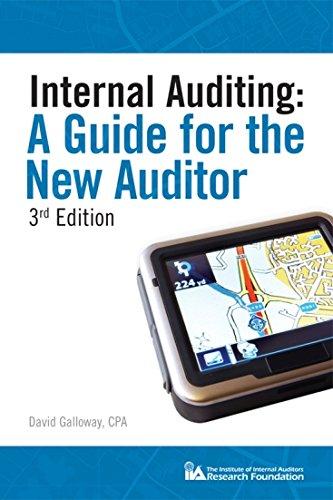Answered step by step
Verified Expert Solution
Question
1 Approved Answer
Victoria Chemicals case study 1. Why are the expenses on engineering study & corporate overhead allocation being treated as not relevant in the revised DCF

Victoria Chemicals case study
1. Why are the expenses on engineering study & corporate overhead allocation being treated as not relevant in the revised DCF analysis?
2. What is the transport divisions suggestion? Does it have any merit?
3. What is director of sales suggestion? Does it have any merit?
4. Why did the assistant plant manager offer his suggested change? Does it have any merit?
5. Why did the analyst from the Treasury staff mean by his comment about inflation? Do you agree with it?
6. How does Victoria Chemicals evaluate its capital expenditure proposals? What are the incentives and side effects of those four performance hurdles?
7. Any other observations?
Step by Step Solution
There are 3 Steps involved in it
Step: 1

Get Instant Access to Expert-Tailored Solutions
See step-by-step solutions with expert insights and AI powered tools for academic success
Step: 2

Step: 3

Ace Your Homework with AI
Get the answers you need in no time with our AI-driven, step-by-step assistance
Get Started


